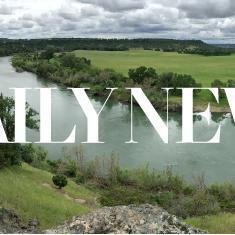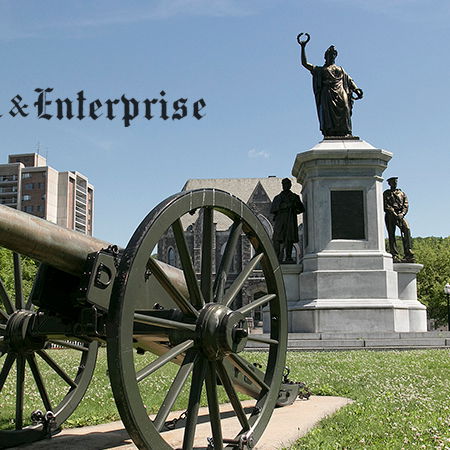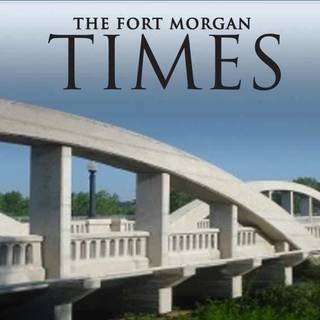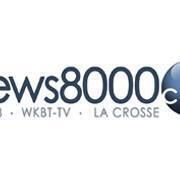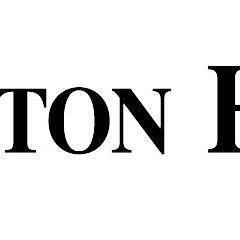- Additional details have emerged about the Delta flight operated by Endeavor Air that crash-landed at Toronto Pearson Airport on Feb. 17. The Transportation Safety Board of Canada published a preliminary report outlining the sequence of events that led to the incident.
- The aircraft is said to have been descending at a high rate of speed when its right main landing gear fractured upon impact, causing the right wing to detach, before the plane skidded along the runway and flipped onto its roof.
- Delta said it is fully cooperating with the investigation, which remains ongoing at this time.
Full Story
Authorities released new information regarding February’s crash landing of a Delta Air Lines flight at Toronto Pearson International Airport. The Transportation Safety Board of Canada published a preliminary report outlining the events that led to the aircraft flipping after touchdown.
What happened during the flight’s landing attempt?
The incident occurred on Feb. 17, when Delta Flight 6925, operated by Endeavor Air, was arriving from Minneapolis with 80 people on board — 76 passengers and four crew members.
According to the report, the aircraft descended rapidly as it approached the runway. Approximately four seconds before touchdown, the plane’s descent rate increased further. One second later, the aircraft’s enhanced ground proximity warning system issued a “sink rate” alert, signaling a high rate of speed during its descent.
How did the plane ultimately flip over?
Investigators noted that the plane was slightly below the glide slope, a crucial guide for safe landings, as it approached the runway.
Upon impact, the aircraft’s right main landing gear reportedly fractured, folded and caused the right wing to detach. This led to a release of jet fuel, which ignited and started a fire. The plane then skidded along the runway, ultimately flipping onto its roof.
How did the evacuation process unfold?
The crash injured 21 people, including two who were seriously injured. The plane crash left passengers hanging upside down in their seats until emergency crews arrived and assisted with the evacuation.
Shortly after all on board had been removed, an explosion occurred near the left wing. Authorities are investigating what caused the explosion.
What happens next?
In response to the report, Delta Air Lines released a statement reiterating its commitment to safety. The airline also said it is fully cooperating with the ongoing investigation but will not comment further until the final report is released.
“For everyone at Endeavor Air and Delta, nothing is more important than the safety of our customers and our people,” Delta said.
The Transportation Safety Board has not identified a definitive cause for the crash and continues to examine all contributing factors as the investigation remains ongoing.




















































